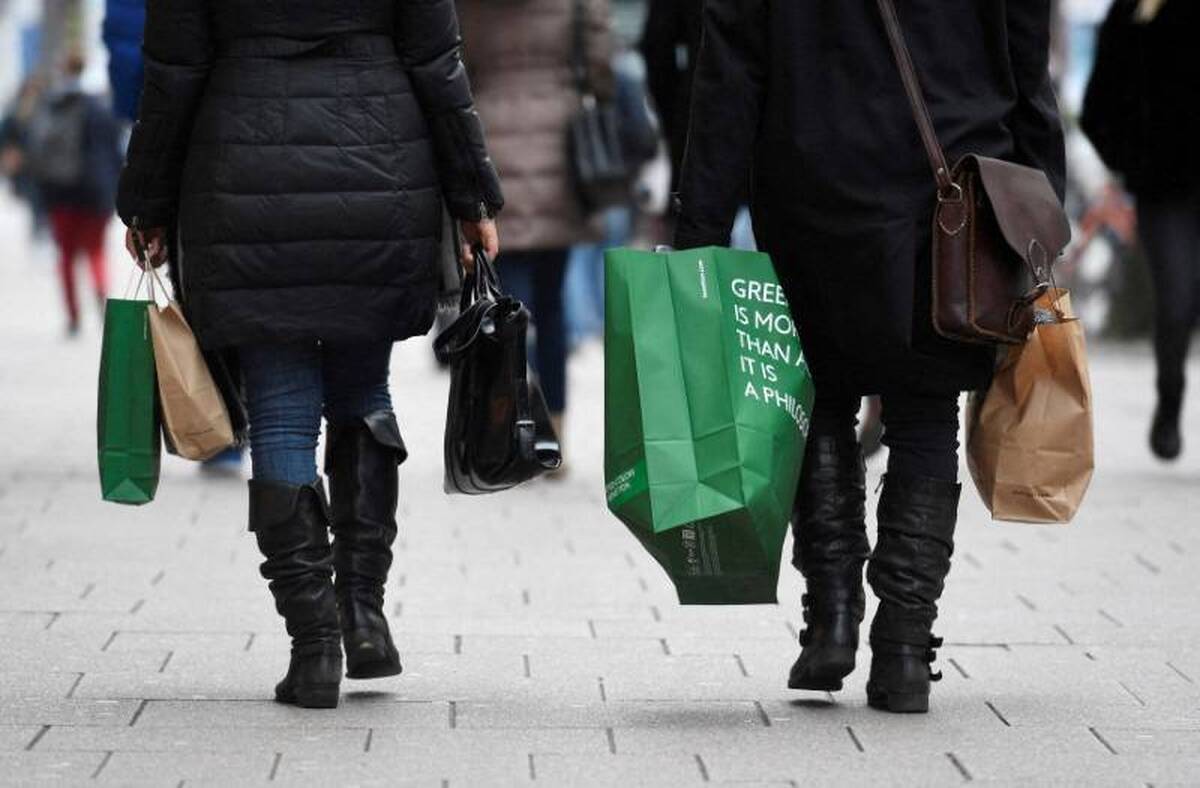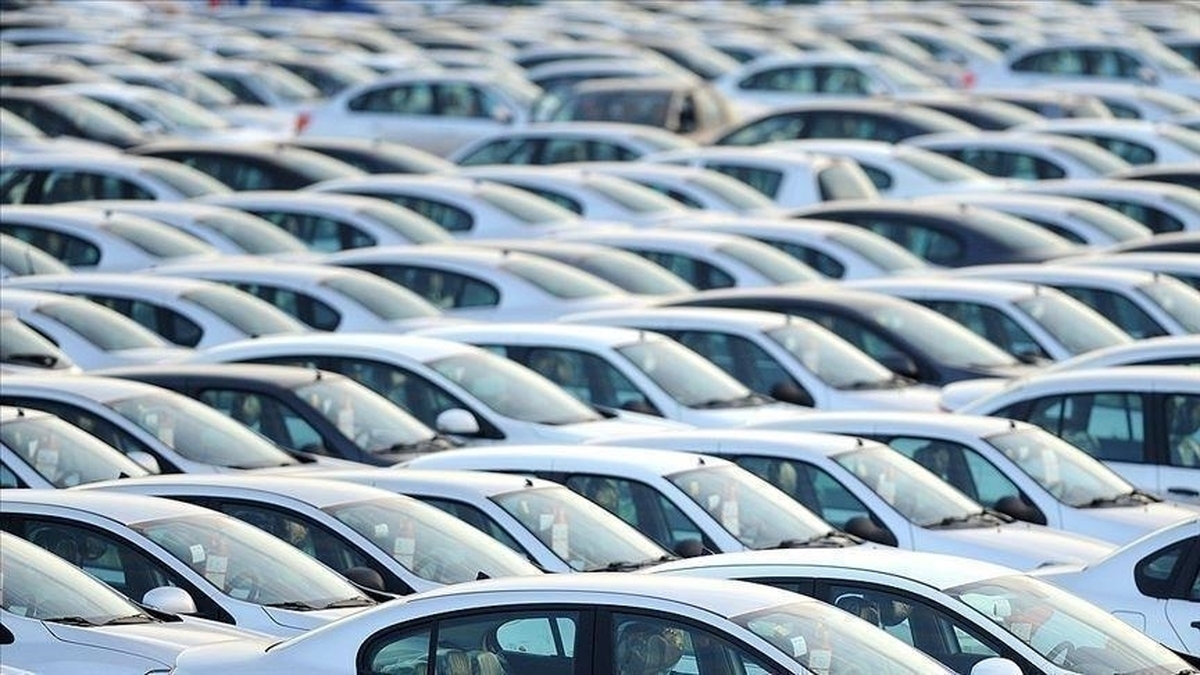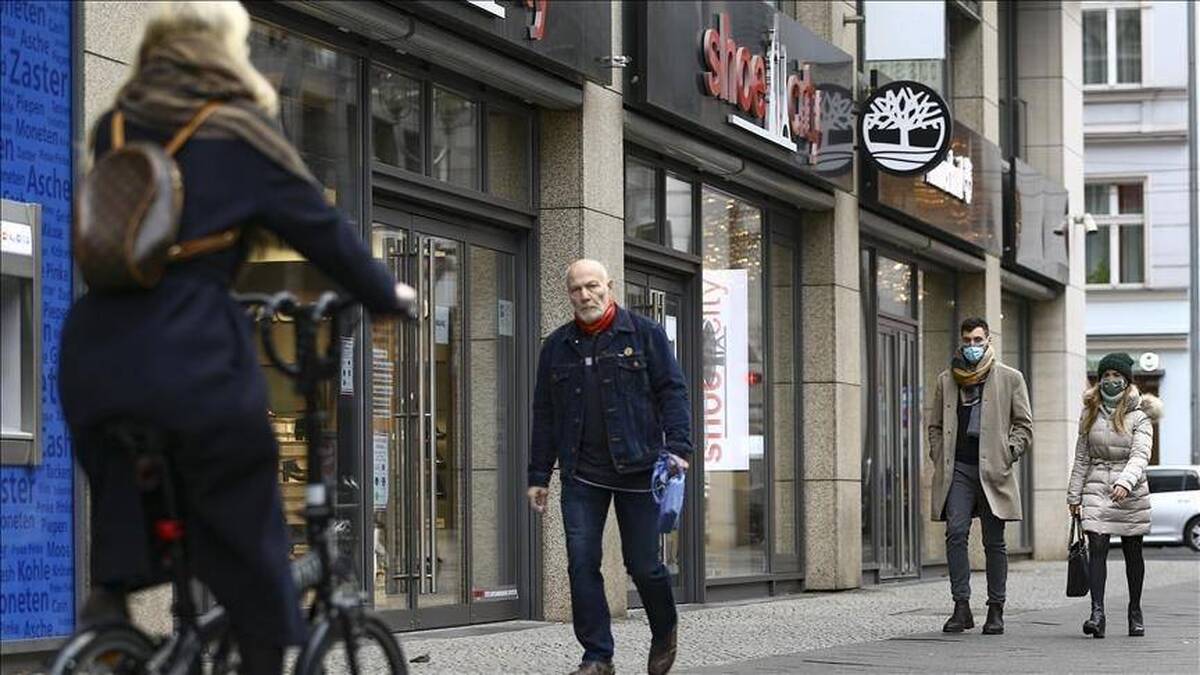Over 21% of People in Germany Facing Risk of Poverty

That is slightly up from 2022, when around 17.5 million people, or 21.1% of the population were at risk of poverty or social exclusion.
A person is considered to be at risk of poverty or social exclusion in the EU, if at least one of the following three conditions applies: their income is below the at-risk-of-poverty line, their household is affected by severe material and social deprivation, or they live in a household with very low labor force participation.
In 2023, a single person who made less than €1,148 ($1,236) in net income a month was considered below the poverty line while the threshold for a family with two children under the age of 14 was €2,751 per month.
Even though Germany is one of the richest nations in the world, signs of growing poverty are becoming increasingly visible across the country. More and more homeless people can be seen sleeping in the streets, mothers forgoing meals in a bid to feed their children, and retirees looking for discarded bottles to trade for the deposit money.
There are various causes of poverty, but they are often linked to a person’s social background. On average, children from socially disadvantaged families have significantly worse starting conditions and fewer resources than those from, for example, academic households.
4155/v
























